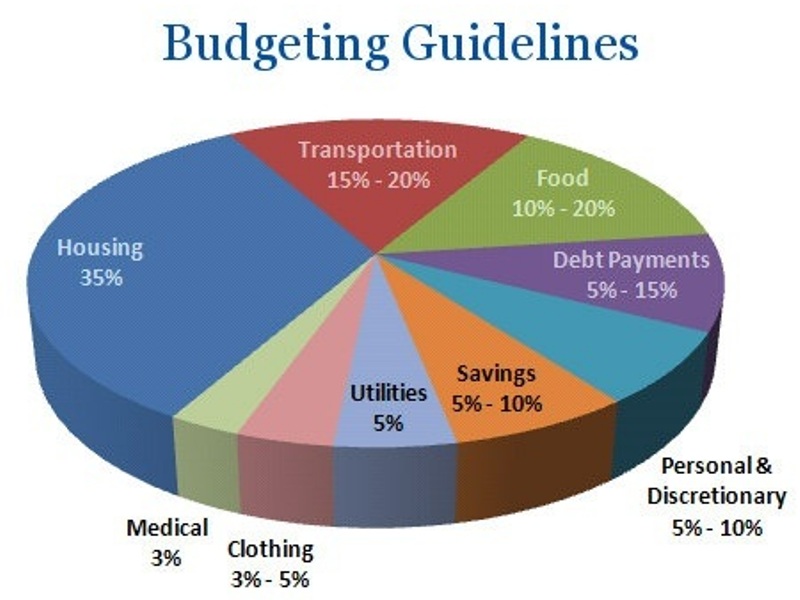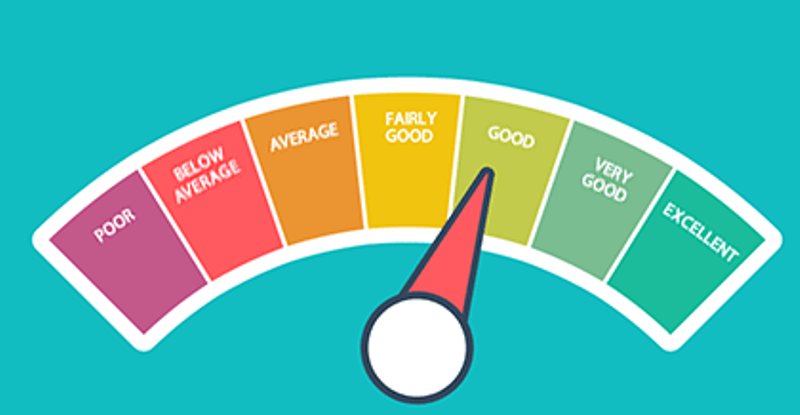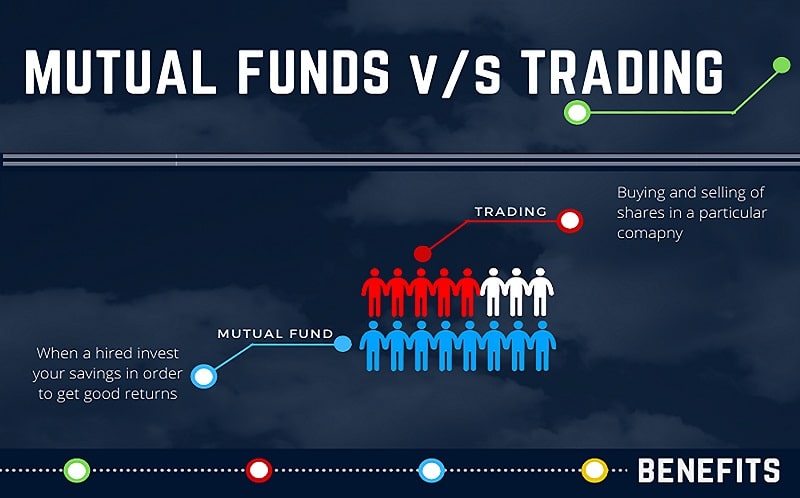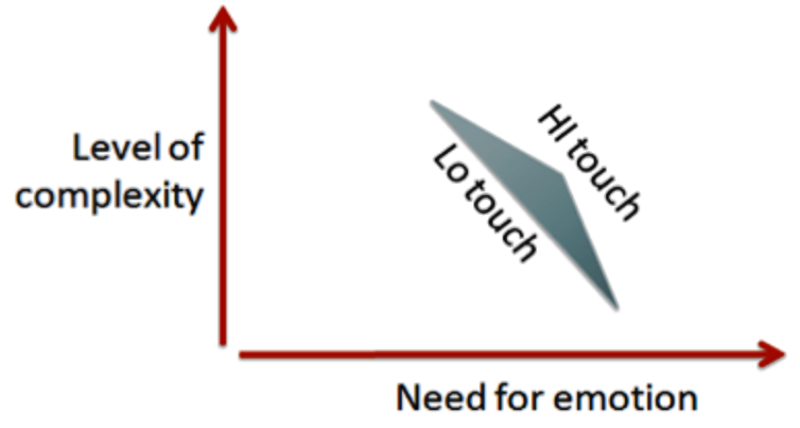While several asset types are available when it comes to building an investment portfolio, options are among the least well-understood. This type of investment, when done correctly, involves the purchase and sale of specific assets at a predetermined price. When this method is employed, there is a lot of room for profit.
To put it bluntly, when compared to approaches for trading stocks or other types of investments, options trading strategies are typically more difficult to master. Here is a comprehensive beginner’s guide to options trading with the Top 5 Options Trading Strategies for Beginners, which you can access by clicking the link below.
Is There a Third Option?
A contract in which an investor can purchase or sell a certain asset at a particular price for a given length of time is known as an option. Underlying assets include stocks, commodities, ETFs, and even an index. As the contract ends, it is up to investors whether they want to buy or sell, but they are not required to do either. Investors begin the process when they pay a premium to buy options contracts at a certain strike price To choose whether to buy or sell the options, the investors will wait to see if the future pricing is favourable before making their decision.
The 6 Essential Options Trading Strategies For the Inexperienced
The process of trading options can be more complicated than trading stocks, but this is usually because investors approach options without a clear strategy in mind. Before trading options, it is critical to learn about the several investing possibilities available to you. While it is possible to learn as you go, many investors end up confused and losing money in their portfolios. Some of the most popular options trading strategies can be found here:
Long-Distance Calls, or “Purchase Calls,”
Inexperienced traders and investors who have faith in the value of a single stock, ETF, or index can benefit from purchasing call options. By purchasing call options and selling them before their expiration dates, investors can profit from rising stock prices. Using this strategy when trading options helps to reduce overall risk. The potential profit, on the other hand, is limitless and is determined by the rise in stock prices. The potential loss is capped by the premium paid to purchase the contract itself.
Investing in Puts, or “Long Puts”
Except for the fact that buyers of puts gamble on a decrease rather than a gain in value, investing in puts is quite similar to investing in calls. Investors commonly turn to this approach as an alternative to short selling because of the decreased risk involved. If the underlying asset’s price increases over the initial strike price, the only money investors stand to lose is the premium they paid for the put. It is possible to take advantage of falling prices by investing in put options, but the level of risk involved depends on the premium.
In a Nutshell
The short put approach might be beneficial to traders and investors who are selling options. By utilizing the premiums paid for option contracts, this strategy hopes to earn a profit. Imagine that Investor A is using a short put strategy and that Investor B is the beneficiary of a put option that Investor A sold to them. As long as the price of those shares doesn’t change or rise, Investor B will most likely let the put option expire. Keeping the initial premium after the contract had expired would put Investor A in a position to benefit.
It’s also important to make sure that your call is covered.
The covered call is an option trading strategy that consists of two parts. To begin with, an investor must be the owner of the company’s underlying shares. After that, they’ll need to sell a call option on the stock to raise money. As a result, the investor will be allowed to keep all of the money they received as a premium. Investors who want to make money on their stock holdings, despite generally stable share prices, typically employ this strategy.
Five. Remained Married and Placed.
The married put is a financial strategy that combines stock trading and options trading into a single strategy. Investors will buy one put option for every 100 shares of stock they purchase and make these transactions at the same time. If you remember from previously, a put option’s success is dependent on declining stock prices.
Protective Measures Incorporated
Protective puts can be used by investors to further safeguard themselves against the danger of losing money. Buying a “long put” is a way for an investor to protect themselves from a possible decrease in their existing asset’s value. They are safeguarded in this way. In contrast to a protective put, a married put is designed to protect assets that you are purchasing as well as those you currently own.
Conclusion
The primary distinction between a protective put and a normal put is that a protective put is meant to minimize losses on an existing asset. This strategy is typically used by investors who expect the value of their stock to decline shortly.







































